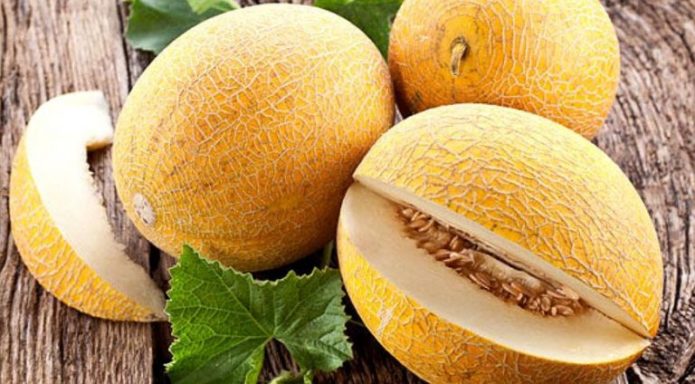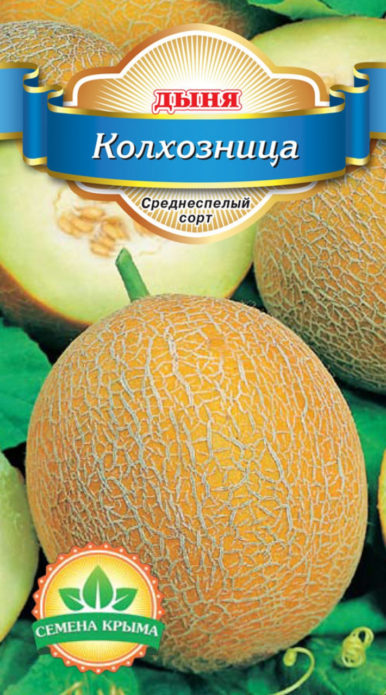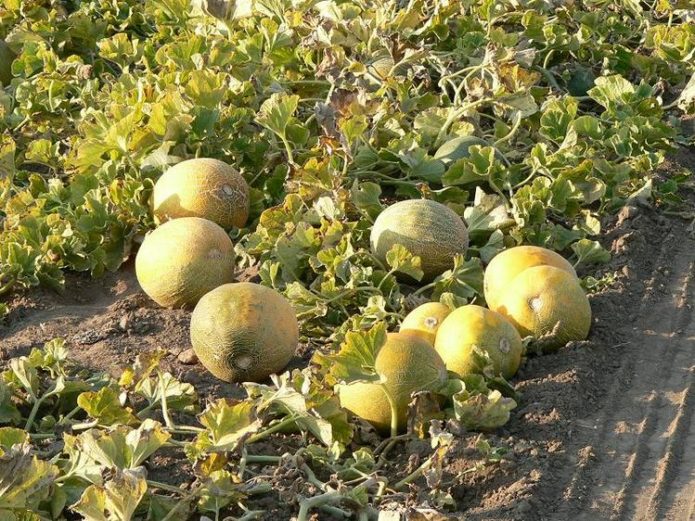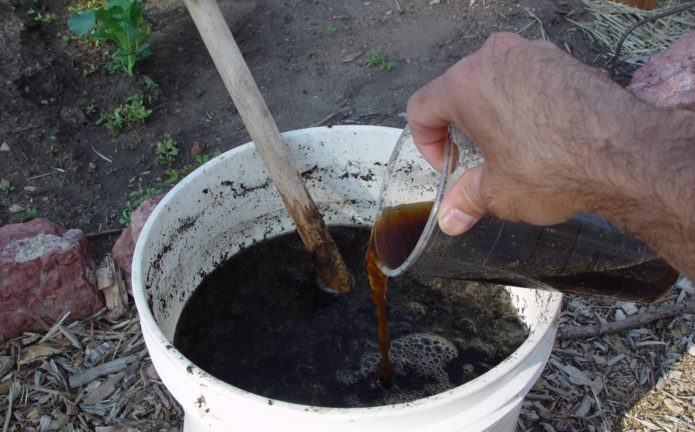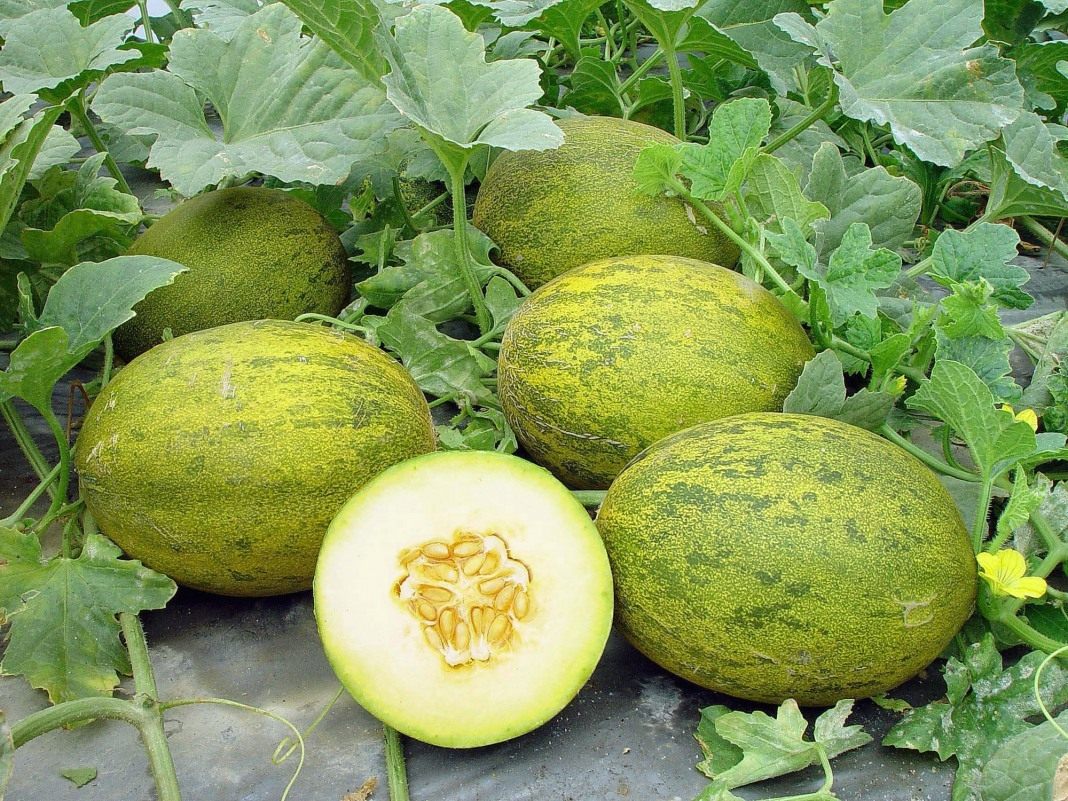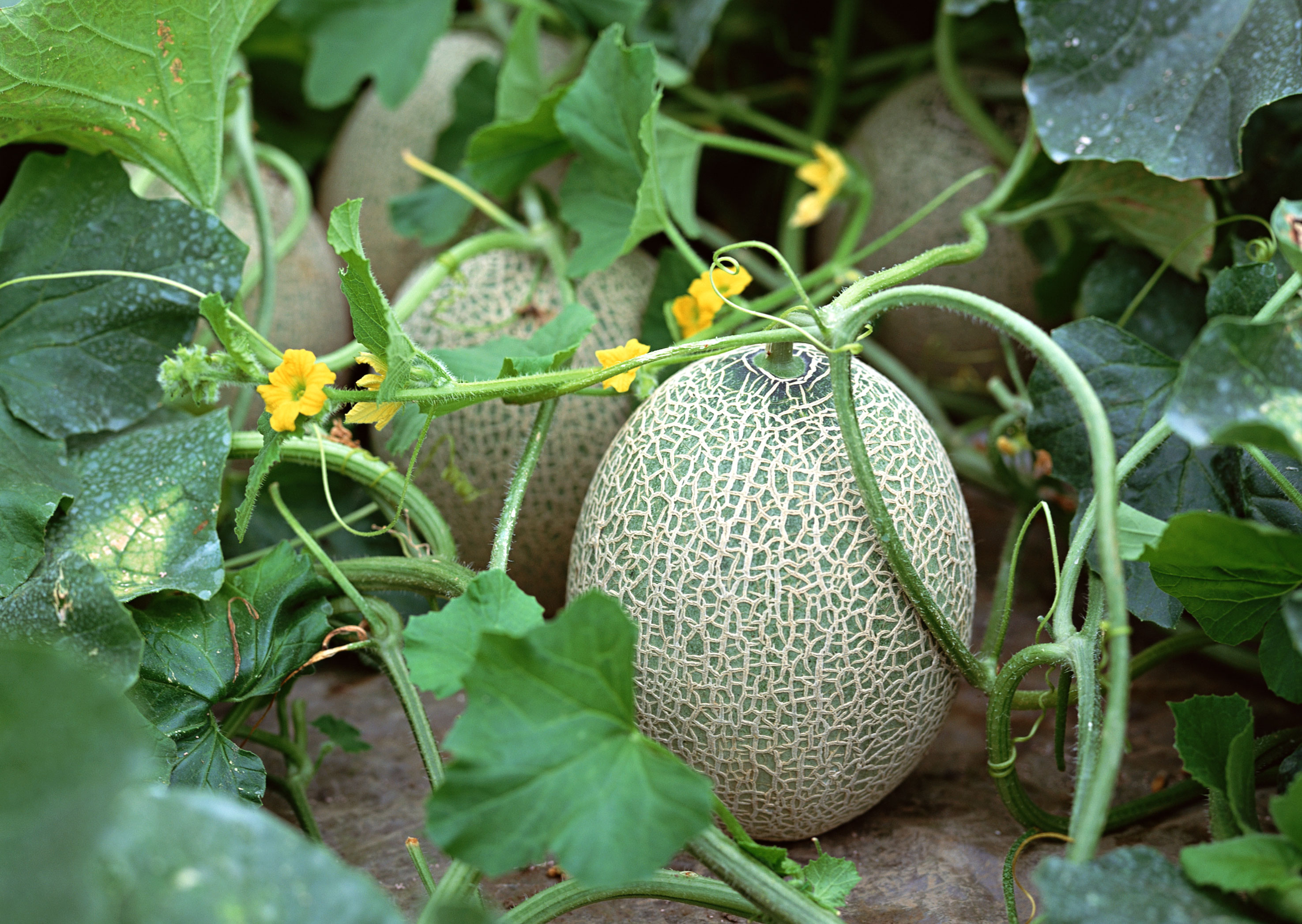The collective farmer is perhaps the most famous melon variety. Many buyers, not familiar with the intricacies of culture, call this name and many other varieties, to some extent similar in appearance. The fruits of the collective farmer are relatively small, but very tasty, and the cultivation of this variety of melons is available even to novice gardeners.
Content
Description of the melon variety Kolkhoznitsa
It is quite difficult to grow a melon in not very hot countries, although its agricultural technology is not more difficult than in the case of, for example, cucumbers. However, it is a very thermophilic, heat-resistant plant that only really succeeds in the southern regions. The Kolkhoznitsa variety is some exception to the rule: it has been since the 1940s. grown in most of our country. Not everywhere equally successful, but the variety is known everywhere.
This is a mid-season variety, ready for harvesting 77–95 days after germination. Medium sized bush with long branches and thin stems. Strongly affected by anthracnose and powdery mildew, the resistance to bacteriosis is relatively high. Differs in high cold resistance. It can be grown both in open ground and in a greenhouse, but in the latter case it requires artificial pollination.
The fruits represent an almost perfect ball, sometimes broadly oval, medium-sized, on average weighing about 1 kg, only some specimens grow to 1.5-2 kg. The surface is smooth, yellow-orange, shiny in the sun. A mesh with large cells on the surface is not always and not over the entire surface of the fruit. The bark is hard, of medium thickness. White to creamy flesh, firm, slightly crispy. Taste ranging from good to excellent, no worse than many southern varieties, which have stuck with the term "honey". The sugar content reaches 12%.
With industrial cultivation, the yield reaches 227 c / ha. The fruits are well transported, but not stored for very long. The variety was bred in the Rostov region, registered in the State Register of the Russian Federation in 1943 and recommended for cultivation in a large number of regions, including the Urals and Siberia. It is grown both by amateur gardeners and professional melon growers. It is intended for fresh use, but the excess yield can be processed into jam, candied fruit, marmalade.
Features of growing melon varieties Kolkhoznitsa
A collective farmer is not a hybrid, so you do not need to buy her seeds every year, you can use it from your harvest, but it is worth periodically renewing the seed fund. It is better not to sow seeds from last year's fruits: melon seeds are stored for a long time, and in the second and third years they get better, give less barren flowers. The Kolkhoznitsa variety, like all melons, can be grown both through seedlings and bypassing this stage. But direct sowing of seeds in the garden is used only in warm regions.
Pre-planting seed preparation consists in calibration and disinfection in a dark solution of potassium permanganate (30–40 minutes). When growing melons in the open field, it is advisable to harden the seeds by placing them wet for a day in the refrigerator. Since the variety is susceptible to fungal diseases, it will be useful to treat the seeds before sowing with a fungicide solution according to the instructions, for example, Strobi or Tiovit-Jet.
Growing melon seedlings Kolkhoznitsa does not differ from that for other varieties and begins about 40 days before planting seedlings in the ground. Planting is possible, despite the cold resistance of the variety, only with the onset of real heat, that is, for example, in the middle lane earlier than the beginning of summer. If the seeds are sown directly into the garden bed, this can be done a week earlier. When grown in greenhouses, you can start this work 2–3 weeks earlier.
Melons are grown on light neutral soils, under sunlight, protected from the winds. The slightest waterlogging of the soil is fatal to plants, so they try to choose small hills. The garden bed is prepared in the same way as for cucumbers. It is best to plant melons after green manure, you can after onions, potatoes, cabbage, not after melons and nightshade crops.
Since the kolkhoz woman's lashes are long, significant gaps are left between the plants: at least 80 cm in a row and up to 1.5 m between rows. Seeds are sown to a depth of about 3 cm, and seedlings from pots - exactly at the same depth as they grew at home. Melon does not tolerate transplanting, but if it is performed with a clod of earth without disturbing the root system, everything will go fine, only the plant should not be deeper than it used to. In both planting options, the holes are sprinkled with a thin layer of dry sand. The first 7-10 days, the seedlings are kept under hoods or spunbond.
The collective farmer is cold-resistant, but in those regions where night temperatures can drop to 5 aboutFrom and below, it is better not to remove the spunbond far and, if necessary, cover the garden bed. The main points of care are well known to gardeners. Melons are watered only with water heated in the sun, gently, at the root, without eroding the soil. In the absence of rain, this is done weekly, but after fruit setting, watering is reduced, and soon canceled altogether. The soil should be slightly moist until the end of flowering, but adult bushes do not need this: the roots of the melon are long, they themselves find the right amount of moisture.
The soil is loosened often, but not deeply. Weeds annoy young plants, but when the bushes close, you can forget about weeding. They feed 3-4 times a season, trying to use organic fertilizers - infusions of mullein, chicken droppings, cut grasses. The last feeding is given when the fruits grow to the size of a medium apple. In the absence of organic matter, it is possible to use, for example, azofoska.
Melon bushes necessarily form, and the Kolkhoz Woman is no exception. Since this is a varietal melon, mainly female flowers form on the lateral shoots. Therefore, after the 5-6th leaf, the main lash is pinched, and when the lateral ones develop, 3-4 shoots are left in the south and only two in colder regions. The flowers that appear after the formation of the ovaries are removed, and the ovaries themselves are normalized as they grow. On the collective farmer's bush, you can leave only 5-6 fruits spaced evenly. In bad weather, the bush may not stretch even that much, so the load is further reduced. All newly emerging shoots are removed.
Any sheet materials are placed under the fruits as they grow so that they do not come into contact with the ground.
The collective farmer is not resistant to diseases, therefore, preventive measures are taken. The soil is periodically treated with colloidal sulfur preparations, sprinkled with wood ash, affecting the leaves. Some onions or garlic are planted next to the melons. If the disease has attacked, they try to do with folk remedies, with progression - Bordeaux liquid. However, chemicals cannot be used during flowering and less than a month before the fruit ripens.
It is especially important to carry out such activities when growing in a greenhouse. The greenhouse must be periodically ventilated. Often, during greenhouse cultivation, melons are put on trellises, and the fruits, so that they do not fall, are hung in nets. Otherwise, everything is done in the greenhouse similar to open ground.
When to harvest a melon crop Kolkhoz woman and how to preserve it
It is easy to determine the readiness of the fruits of the collective farmer. They acquire a beautiful yellow-orange color, and the place opposite to the stem becomes slightly soft and emits a wonderful aroma. You can also cut off slightly unripe fruits, but not earlier than 5–7 days before full ripeness: only in this case they will reach readiness at home. The fruits are cut with the stalk, using a pruner, in the morning or evening. In what month this will happen, it is difficult to say: it all depends on when they planted. Most often, the collection falls on August.
The Kolkhoznitsa variety is stored for a relatively short time, but absolutely healthy fruits can lie for 3-4 months in good conditions. It is better to hang them in individual soft nets at a temperature of + 1… +3 ⁰C and a humidity of 70–80%.
Video: Melon Kolkhoz woman in the beds among other vegetables
Reviews about the melon variety Kolkhoznitsa
Melons kolkhoz woman, CINDERELLA, ZLATO Scythians, Ethiopian, when overripe, become loose, like potatoes, but remain sweet and do not ferment.
My kolkhoz woman matured for a long time, and was poorly accepted after disembarking in the greenhouse, as a result, she took the first melon only in September, she tasted simple.
Good Pineapple and Golden (Golden turned out to be the most unpretentious, juicy sweet, fragrant with a thin skin). The collective farmer is also tasty, but she is late. Therefore, for two years now I have an unclaimed bag. I still try to plant early. You can plant it early, but preferably in peat pots, so as not to damage the roots during transplantation.
We recently bought a kolkhoznitsa melon on the highway and another one, I forgot the name. I had some skepticism towards the Kolkhoz woman because of the name - I thought it was something collective farm, ancient, outdated ... And when I tried her, my eyes became square from her taste, sweetness and aroma. Just a gorgeous melon! Next year, God willing, I will definitely plant her.
The collective farmer was unsuccessful - not sweet. Now we eat delicious jam from it - like marmalade. In general, think so - for jam, a collective farmer's melon is now the cheapest fruit!
Melon Kolkhoz Woman is a well-deserved variety known to everyone. It is very tasty and unpretentious, it can be grown almost everywhere, except for the northern regions, its cultivation is also available to beginners.
